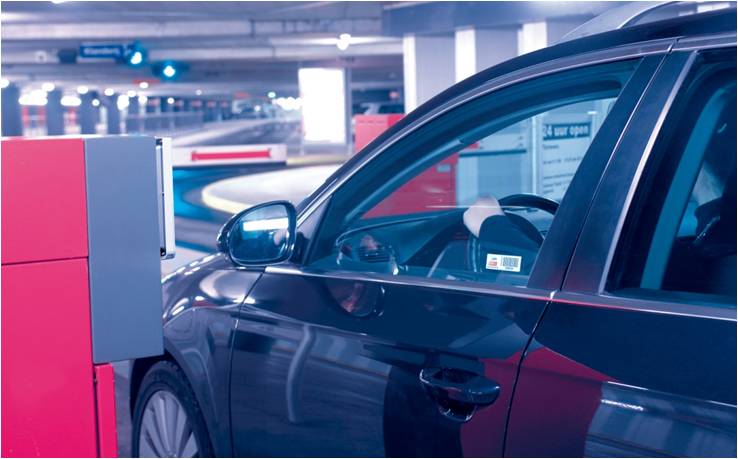RFID vehicle tag can be custom made with your own logo, barcode, graphics, or information that you require. The advantage of RFID is it is convenient (an employee can hold up a badge to unlock a door, rather than looking for a key or swiping a magnetic stripe card) and because there is no contact between the card and reader, there is less wear and tear, and therefore less maintenance. All containers being shipped outside of the continental United States must have active (battery-powered) tags with the contents of the container written into them at the point of origin.
The DOD plans to use passive UHF RFID vehicle label operating between 860 MHz and 960 MHz with a minimum read range of three meters (about 9 feet). Until UHF EPC Gen 2 tags and readers are available, the DOD will accept Class 0 64-bit read-only tags, Class 1 64-bit read-write tags, Class 0 96-bit read-only tags and Class 1 96-bit read-write tags. Once Gen 2 tags and readers are available, the DOD will phase out Class 1 and Class 0 tags.
Suppliers to the DOD must encode an approved tag using either an EPC tag data construct or a DOD tag data construct. EPC global subscribers can use a standard EPC, so consumer packaged goods manufacturers can use the same tags they use for Wal-Mart for the DOD. The passive tag appendix provides details on when specific EPC data constructs—including Serialized Global Trade Item Number and Serial Shipment Container Code—should be used (the entire memo, including all three appendixes, can be downloaded from the Web site). One reason RFID pilots fail is because the technology’s limitations were not considered for the specific application.
It also spells out in detail how many bits of data on the tag should be used for the elements of the data construct, including the company prefix, item reference and serial numbers. The DOD has run a number of pilots over the past few months, and Estevez says that these produced no surprises and justified the military’s view that RFID was worth the investment. The Windshield Tag provides a read range over 30 feet and adheres directly to the glass.
Although RFID promises to be a more comprehensive data collection technology, the still emerging standards and lack of end-to-end, supply chain RFID deployments are making customers think twice before taking the plunge. Hybrid solutions that leverage both bar code and RFID technology are one way that customers can meet the compliance guidelines of Wal-Mart and the Department of Defense (DOD) without overhauling their entire data collection process.







